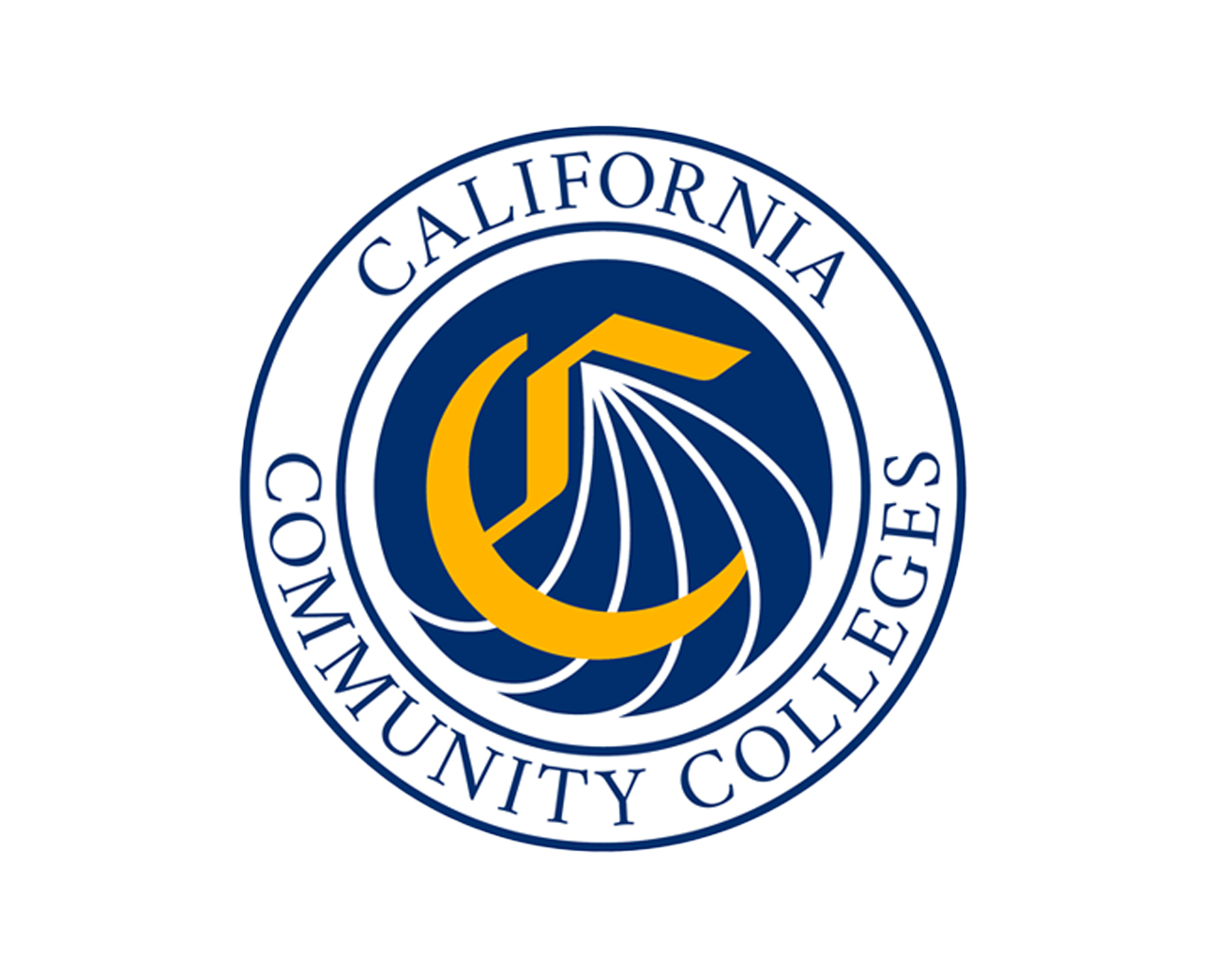Apprenticeship is a leading and rapidly growing workforce development strategy across the United States. California, the country’s economic giant, has invested heavily in expanding and modernizing sectors and industries to bolster its rapidly evolving economy. California has been eager to scale apprenticeships, and the governor’s priorities for apprenticeship expansion underscore this commitment. Since 2018 and Governor Gavin Newsom’s call for 500,000 apprenticeships by 2029, billions of dollars have been invested into bolstering and expanding apprenticeships statewide, specifically focusing on new and emerging industries. The number of apprentices registered with the Division of Apprenticeship Standards grew 11%, with 93,798 apprentices registered in 2023 versus 84,217 in 2018. The most significant increases in apprenticeships over the last five years were in manufacturing (473%), health care (400%), barbers and cosmetologists (95%), and IT (45%).
While the apprenticeship landscape is vast and often confusing, one scalable solution that can help simplify registration processes and streamline regional stakeholder engagement would be partnering with a regional apprenticeship intermediary network. Regional apprenticeship intermediary networks provide apprenticeship providers with access to a myriad of supports. They include connections to local employers; group exchanges of best practices to ensure the success and inclusiveness of apprenticeship programs; strategies for engaging required stakeholders, such as labor, government, or other education providers; and a community of peers to ask questions.
This report aims to address this priority by providing actionable insights on how to model California’s system of Registered Apprenticeship (RA) regional intermediaries, ensuring readiness and adaptability in the evolving landscape of apprenticeship funding and support, to build networks that can advance apprenticeship partner and program unity across your region. These networks can enable the alignment of educational programs with industry needs, foster streamlined employer engagement efforts, increase inclusivity by actively engaging and supporting populations explicitly or implicitly not represented in apprenticeship programs, and facilitate resource optimization.
For more information about California’s regional intermediaries and networks, including the LAUNCH Apprenticeship Network, Northern California Apprentice Network (NCAN), and Southern California Apprenticeship Network (SCAN), please see Part 1 of this blog series.
Partners
This report was commissioned by the California Community College Chancellor’s Office.




